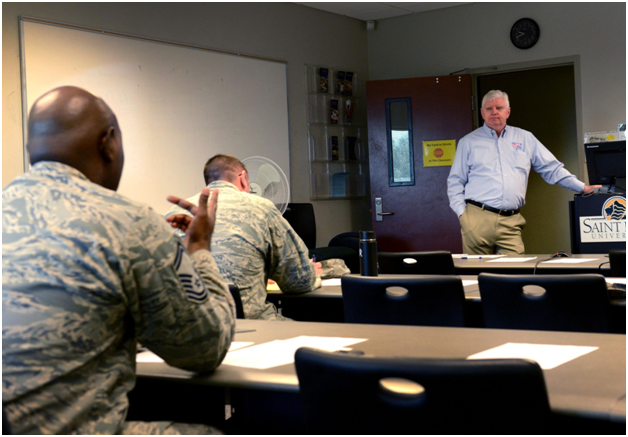If your organisation works with young people it’s essential to have a clear safeguarding policy to ensure they are kept safe and protected from harm. These guidelines will enable you to respond to any concerns raised about child protection in the correct manner.
You might not have come across a safeguarding policy before or just taken on a role that looks after child protection, so here we explain the basics and what such a policy needs to include.
Why have a Safeguarding Policy?
All organisations that work with children in some way need an up to date safeguarding policy and this is more than just about child protection. Safeguarding relates to what actions are put in place to protect children from harm and promote their welfare, and it is the responsibility of all involved.
The policy should include a statement that highlights your commitment to protect all children that you’re involved with. It also needs to show how you will keep children safe, such as requiring a basic DBS check for everyone working with them, how you will respond to concerns and include a list of procedures that support the policy.

Writing a Safeguarding Policy
The policy ideally needs to be no longer than two A4 sides. Firstly, it should set out the purpose and function of the organisation, the commitment it has to ensure children are safe and briefly how this will be met.
You need to provide details of relevant laws and guidance, such as providing basic DBS checks, which can be completed by companies like http://www.carecheck.co.uk/, and how the safeguarding policy runs alongside other procedures; for instance recruitment, internet use and the taking of photos.
Within the policy there should be an equality statement to highlight that all children, regardless of gender, age, disability, religious belief, racial heritage, identity or sexual orientation, have the same rights to protection. It needs to be clear who this policy relates to; for example, should all adults within the organisation fall under the scope or just those in direct contact with children, and what about people with occasional contact, like caretakers?
At the end there needs to be a date the policy comes into effect and review dates. It can then be agreed by everyone and a plan implemented to ensure that all children and adults are aware and understand it.





